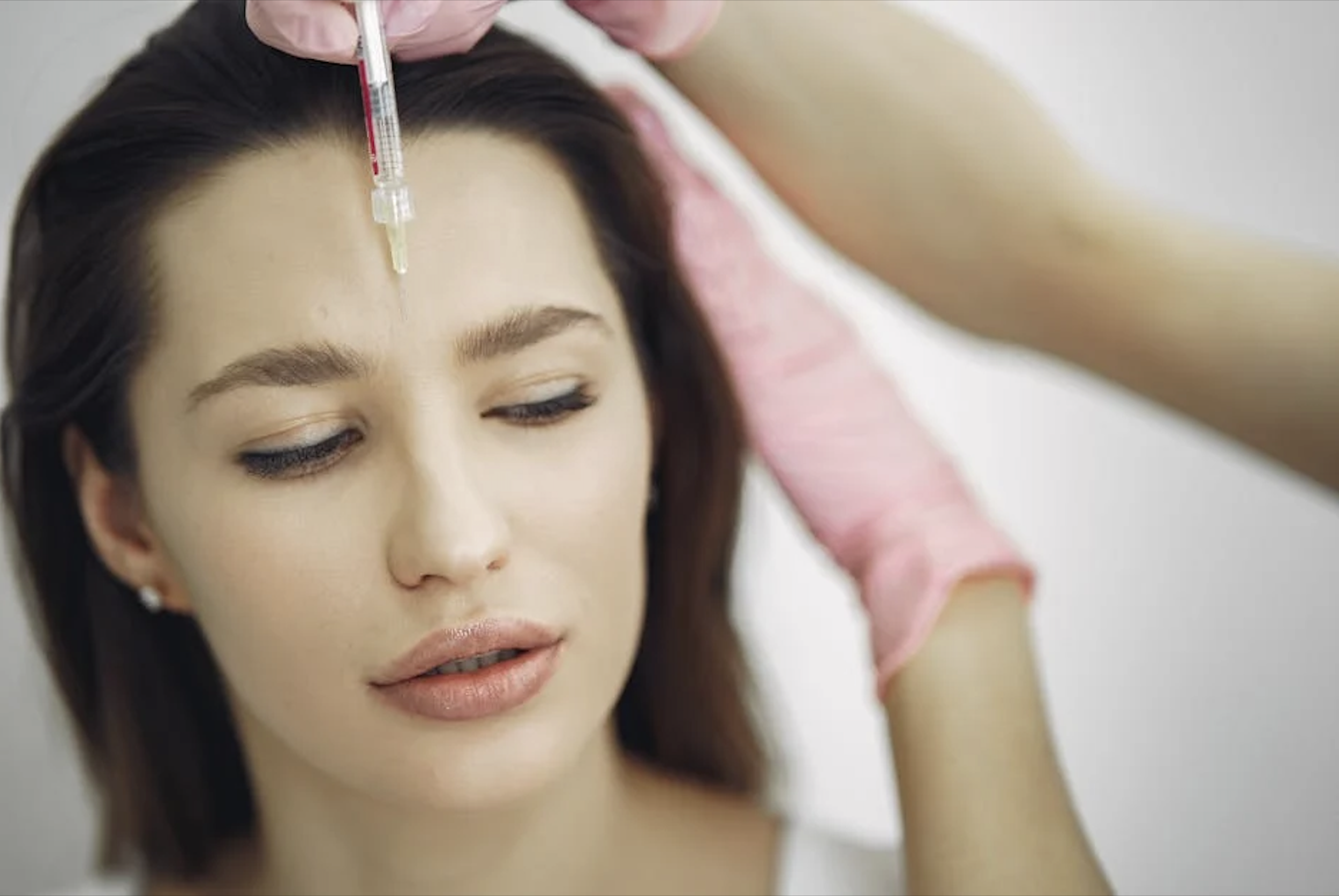Deciding between Botox and fillers can be unclear if you’re unfamiliar with how they work. Both options are popular for reducing signs of aging, but they serve different purposes depending on the concerns you’d like to address. Exploring your treatment goals, the duration of results, and budget factors can help guide your decision-making.
What Concerns Would You Like to Address?
Your aesthetic goals often determine whether Botox or fillers are the better choice. Here’s how they differ in addressing specific concerns:
- Wrinkles caused by repetitive muscle movements: Botox is often used to target dynamic wrinkles, which are lines formed by muscle contractions such as frowning or squinting. These typically appear on areas such as the forehead and around the eyes.
- Loss of facial volume: Fillers generally restore volume in areas like the cheeks, lips, or nasolabial folds. They can smooth lines and add fullness for a more youthful look.
- Fine lines versus deeper folds: While Botox targets surface lines caused by facial expressions, fillers work on deeper creases and sagging skin by physically lifting and adding volume to the affected area.
Understanding which specific concern you want to address can help point you toward the more suitable option. While there is some overlap, each treatment plays a distinct role.
How Long Do Results Typically Last?
When comparing Botox and fillers, the length of visible results varies between the two. This can influence how frequently treatments might be needed going forward.
Botox Results
Botox effects tend to last between three and six months. This timing depends on factors such as the dosage and how quickly your body metabolizes the product. Many people schedule regular follow-up appointments to maintain consistent results.
Filler Results
Fillers, in contrast, can last anywhere from six months to two years, depending on the type of filler used and the treatment area. Some options break down faster in high-movement parts of the face, such as around the mouth, while others are designed for longer-lasting results in areas with less activity.
Evaluating how long results last can give you a better idea of the commitment each option involves.
Which Option Fits Your Budget Best?
Cost is another practical factor to weigh when deciding between Botox and fillers. The price will depend on the specific treatment, dosage, and area being treated. Botox is typically sold by the unit, with prices varying by location and provider. The overall cost is influenced by the area being treated and the number of units needed. Smaller treatment areas, such as the forehead, typically require fewer units compared to larger or multiple areas.
Fillers are priced per syringe rather than by unit. The total number of syringes you’ll need depends on the volume being restored and the number of treatment areas. While fillers tend to have a higher upfront cost than Botox, their longer-lasting results may help balance out the expense over time. If budget flexibility is a factor, starting with a smaller treatment area or consulting with a specialist to understand the costs can help you make a practical choice.
Consult a Specialist
The best way to find the right solution for your needs is to discuss your goals with a qualified specialist. They can assess your concerns and recommend options that align with your aesthetic preferences, timeline, and budget. An initial consultation enables you to ask questions, understand the process, and develop a personalized treatment plan tailored to your specific needs.





Leave a Reply